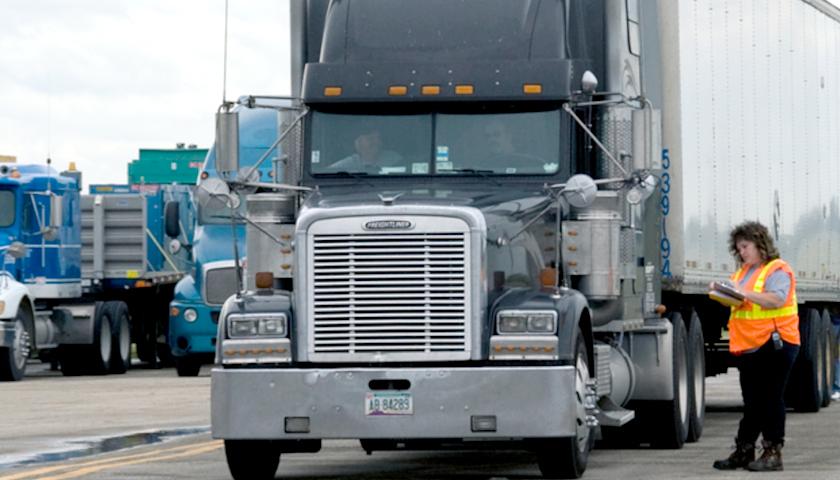Billions of dollars are being allocated in Ohio’s transportation budget. As the train derailment in East Palestine is still fresh in people’s minds, lawmakers are considering a few amendments to try and prevent what happened there from happening again.
“We’ve got broad support across party lines to get this done,” State Representative Jay Edwards (R-Nelsonville) said.
According to federal authorities, on February 3rd, 50 train carriages, 10 of which were carrying hazardous materials, derailed due to a technical problem with a rail car axle. There was vinyl chloride in five of the vehicles. Hundreds of residents had to be evacuated as a result of the controlled release of poisonous gasses that was carried out on February 6th to stop an explosion.
The initial National Transportation Safety Board investigation results found the train was traveling 47 miles per hour, slower than the 50 miles per hour speed limit. An alarm that a hot axle triggered, alerted the train three times.
In accordance with one modification to the transportation budget, the Public Utilities Commission of Ohio (PUCO) and Department of Transportation (DOT) would be required to “work with each railroad company in Ohio to ensure that the wayside detector systems are operational, effective, and current.”
According to the Federal Railroad Administration, wayside hot-box detectors (HBDs) are devices used to assess the health of railcar components including bearings, axles, and brakes by monitoring their temperatures. HBDs use infrared (IR) sensors to record the temperatures of railroad bearings
“It seems like with advances in technology, the rails kind of stayed stagnant. We’ve got to take a good look at that,” Edwards said.
“We have to make sure that when there are issues with our rail that individuals know and they can react immediately. Because those seconds count,” state Representative Dontavius Jarrells (D-Columbus) said.
Three members of the Brotherhood of Locomotive Engineers and Trainmen gave testimony on Tuesday in the finance committee. They noted that wayside detectors are currently unregulated and that when they were first put into use, any flaw, no matter how slight, would trigger the alarm to cause a stop and inspection. But now some algorithms delay the alarm until there’s a major issue.
“When you think about, ‘What does it mean to have an on-demand system?’ Literally, it means the difference between lives lost and lives saved,” Jarrells said.
Another amendment being considered would mandate that a train must have at least a two-person crew; currently, there’s no regulation for the number of crew members.
According to John Esterly, state chairman and legislative director of the Brotherhood of Locomotive Engineers and Trainmen, railroads operating in Ohio currently have at least a two-person crew, including on the train that derailed in East Palestine, but he said that may change.
“I think, to be perfectly blunt, if the railroads could do it tomorrow, we’d have it tomorrow. There’s a very big pressure in the industry to reduce that crew size just because they don’t see the benefit of the second crew, which I think all of us in Ohio over the past two weeks can say, I might have an objection to that,” Esterly said.
Samuel Shatz, a railroad engineer who is also a member of the Brotherhood of Locomotive Engineers and Trainmen, was one of the unionized railroad engineers who testified in favor of the two-person crew requirement.
“The route I work passes through East Palestine, Ohio. And what happened two weeks ago could have easily just been me at the controls. No one should have to handle a disaster like that alone,” Shatz said.
Also, the committee heard testimony from transit authorities from across the state, several of which pleaded for assistance to extend routes and improve accessibility, including both regular and emergency school transportation.
Once the House and Senate agree on and approve a final budget, it goes to Governor Mike DeWine for his signature. DeWine must sign the budget bill by June 30th for the appropriations to take effect on July 1, the first day of the new state fiscal year.
– – –
Hannah Poling is a lead reporter at The Ohio Star and The Star News Network. Follow Hannah on Twitter @HannahPoling1. Email tips to [email protected]
Photo “Jay Edwards” by The Ohio House of Representatives. Photo “Jon Cross” by The Ohio House of Representatives. Background Photo “Norfolk Southern Train” by James St. John. CC BY 2.0.








